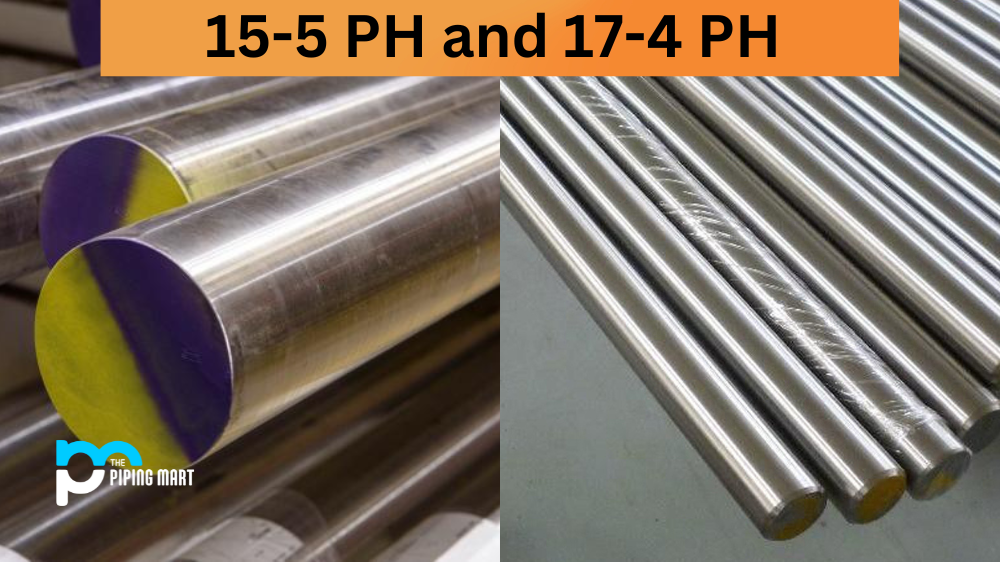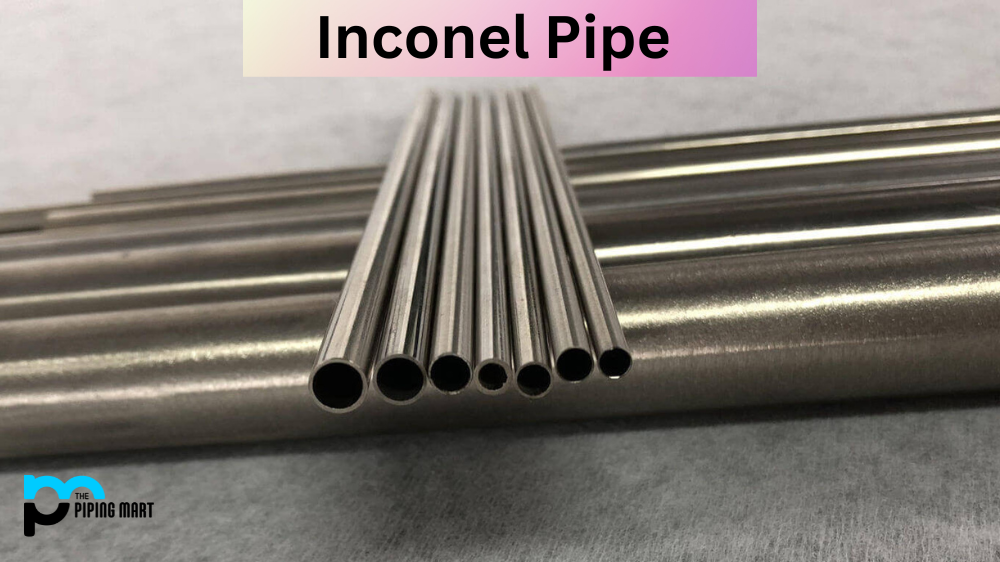Stainless steel is a popular choice for various industrial applications because of its strength, toughness and corrosion resistance properties. Two of the industry’s most commonly used types of stainless steel alloys are 15-5 PH and 17-4 PH. Both of these alloys are precipitation-hardening grades that offer unique properties. In this blog post, we will compare these alloys to help you decide which would be better for your specific application.
Difference Between 15-5 PH and 17-4 PH Stainless Steel
Composition
The composition of a material is a fundamental factor in determining its properties. 15-5 PH is a martensitic precipitation-hardening stainless steel that contains 15% chromium, 5% nickel and 3% copper. It also has small amounts of molybdenum, niobium, and tantalum. 17-4 PH, on the other hand, is an austenitic precipitation-hardening stainless steel that contains 17% chromium, 4% nickel, 3% copper and 0.3% carbon. It also has small amounts of manganese, silicon, phosphorus, sulfur and other elements.
Strength and Toughness
One of the biggest advantages of 15-5 PH is its high strength and toughness. It has a typical tensile strength of 180 ksi and a yield strength of 150 ksi. It also has excellent toughness and resistance to stress corrosion cracking. 17-4 PH, on the other hand, has a slightly higher tensile strength of 190 ksi and a yield strength of 170 ksi. However, it is easier than 15-5 PH and may be more susceptible to stress corrosion cracking.
Corrosion Resistance
Both 15-5 PH and 17-4 PH offer good corrosion resistance properties. However, 17-4 PH has slightly better corrosion resistance due to its higher chromium content. It is particularly resistant to atmospheric, chemical, and petrochemical environments. 15-5 PH also has good corrosion resistance but may be more prone to pitting and crevice corrosion in harsh environments.
Heat Treatment
Both 15-5 PH and 17-4 PH can be heat-treated to enhance their properties. 15-5 PH, in particular, can be heat treated to achieve high strength and toughness. It is usually annealed at a temperature of 1000-1200°F and then aged at a lower temperature to achieve maximum hardness. 17-4 PH, on the other hand, is usually heat-treated at a temperature of 900-1150°F to achieve maximum strength and toughness
Cost and Availability
The cost and availability of both alloys may vary depending on the supplier and location. Generally, 17-4 PH is more widely available and less expensive than 15-5 PH. However, 15-5 PH has unique properties that may make it more suitable for certain applications, making it worth the extra cost.
Conclusion
In summary, 15-5 PH and 17-4 PH are excellent stainless steel alloys with unique properties and advantages. If you require high strength and toughness, 15-5, PH may be the better choice. On the other hand, if you need better corrosion resistance, 17-4 PH may be more suitable. Choosing these two alloys will ultimately depend on your specific application requirements, budget and availability. Consult a trusted supplier to determine which alloy is best for your project.

Abhishek is a seasoned blogger and industry expert, sharing his insights and knowledge on various topics. With his research, Abhishek offers valuable insights and tips for professionals and enthusiasts. Follow him for expert advice on the latest trends and developments in the metal industry.




